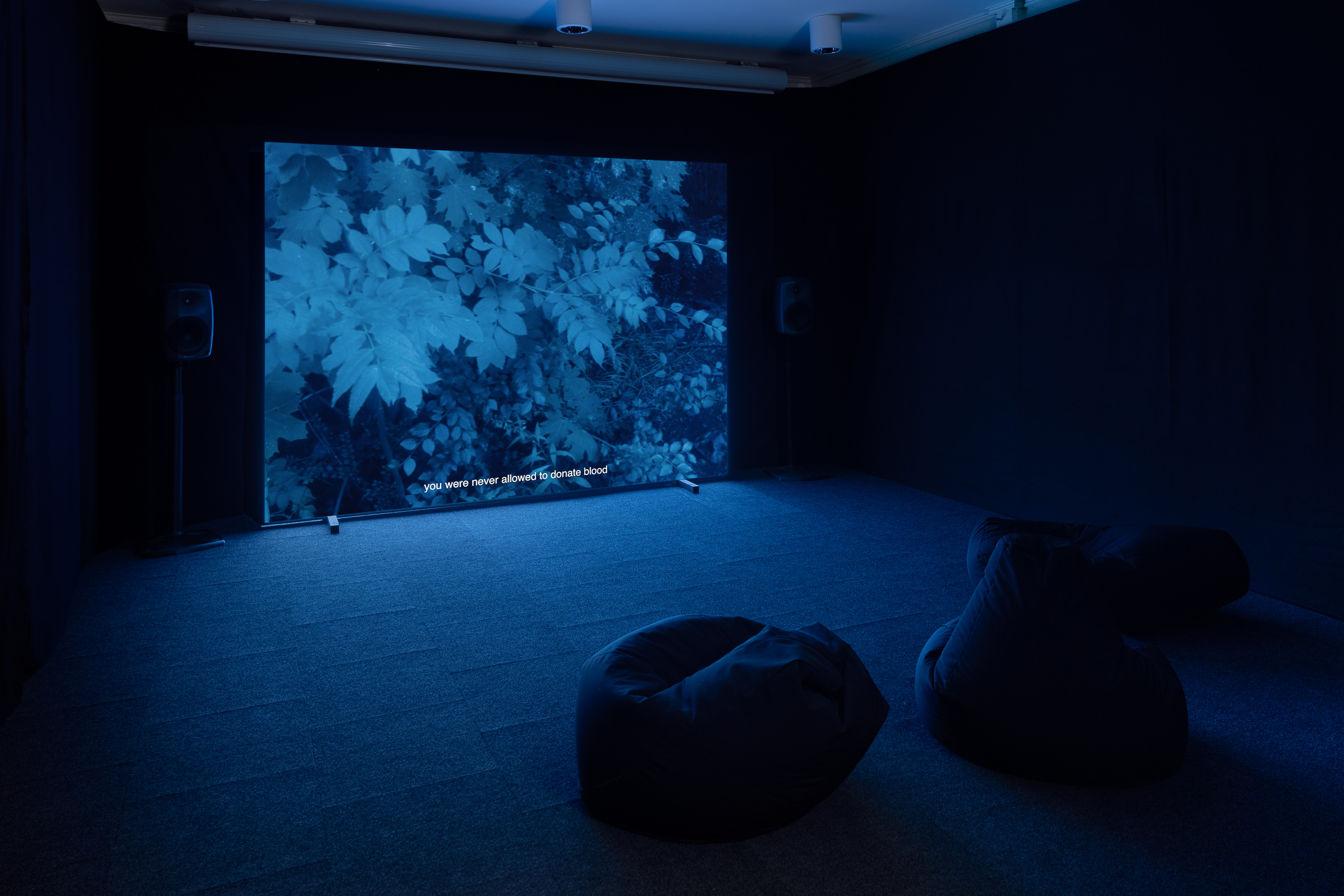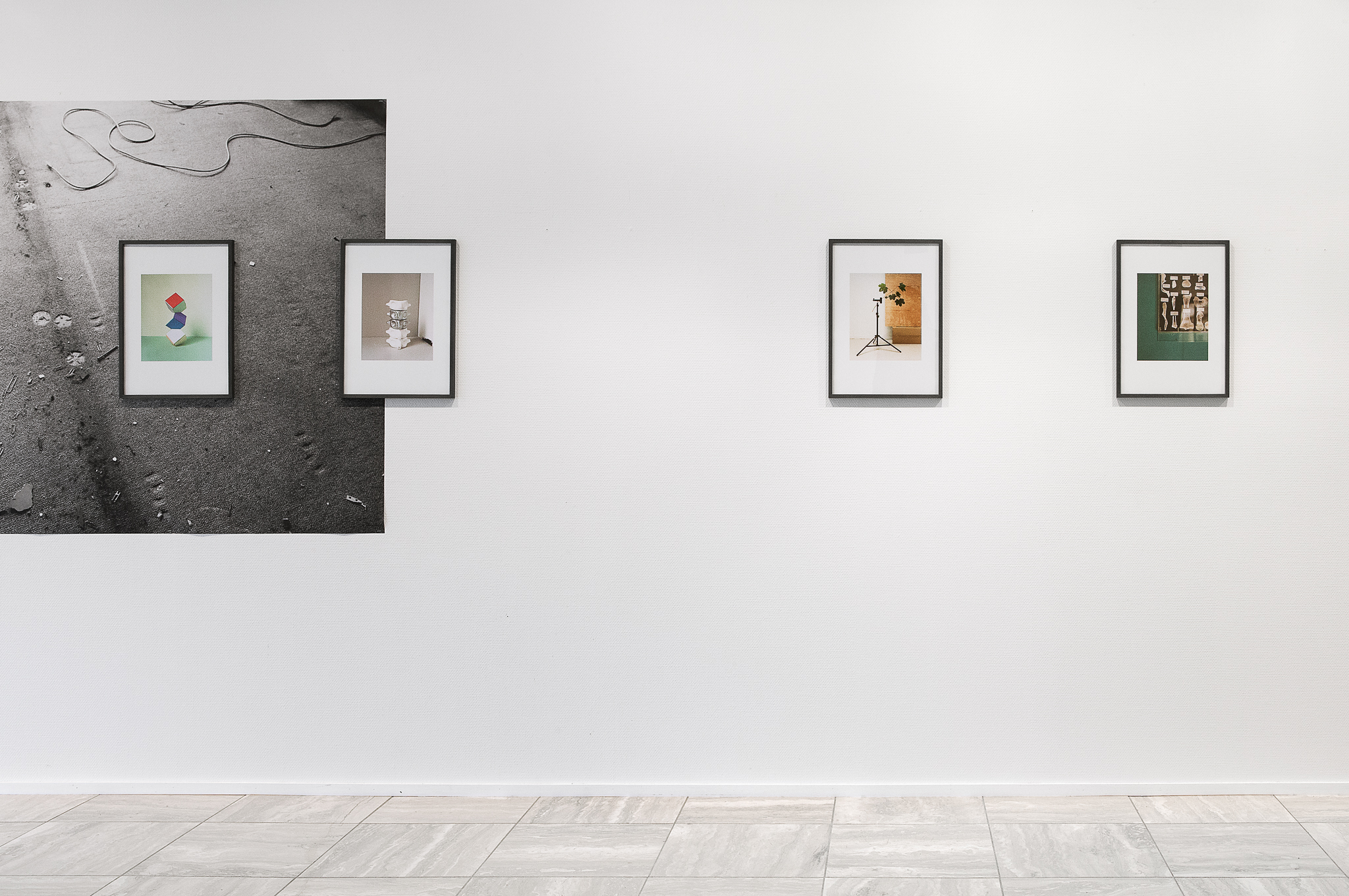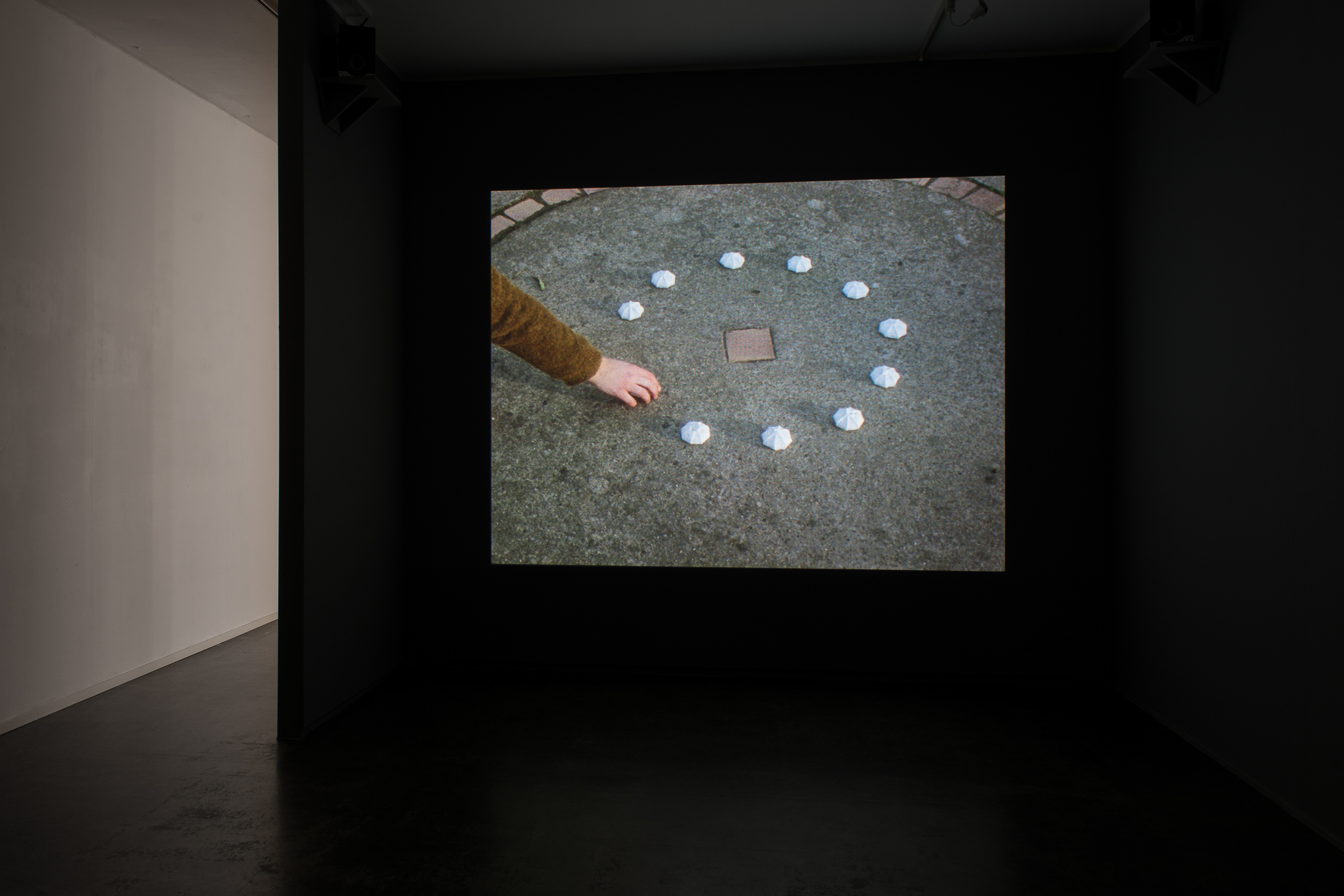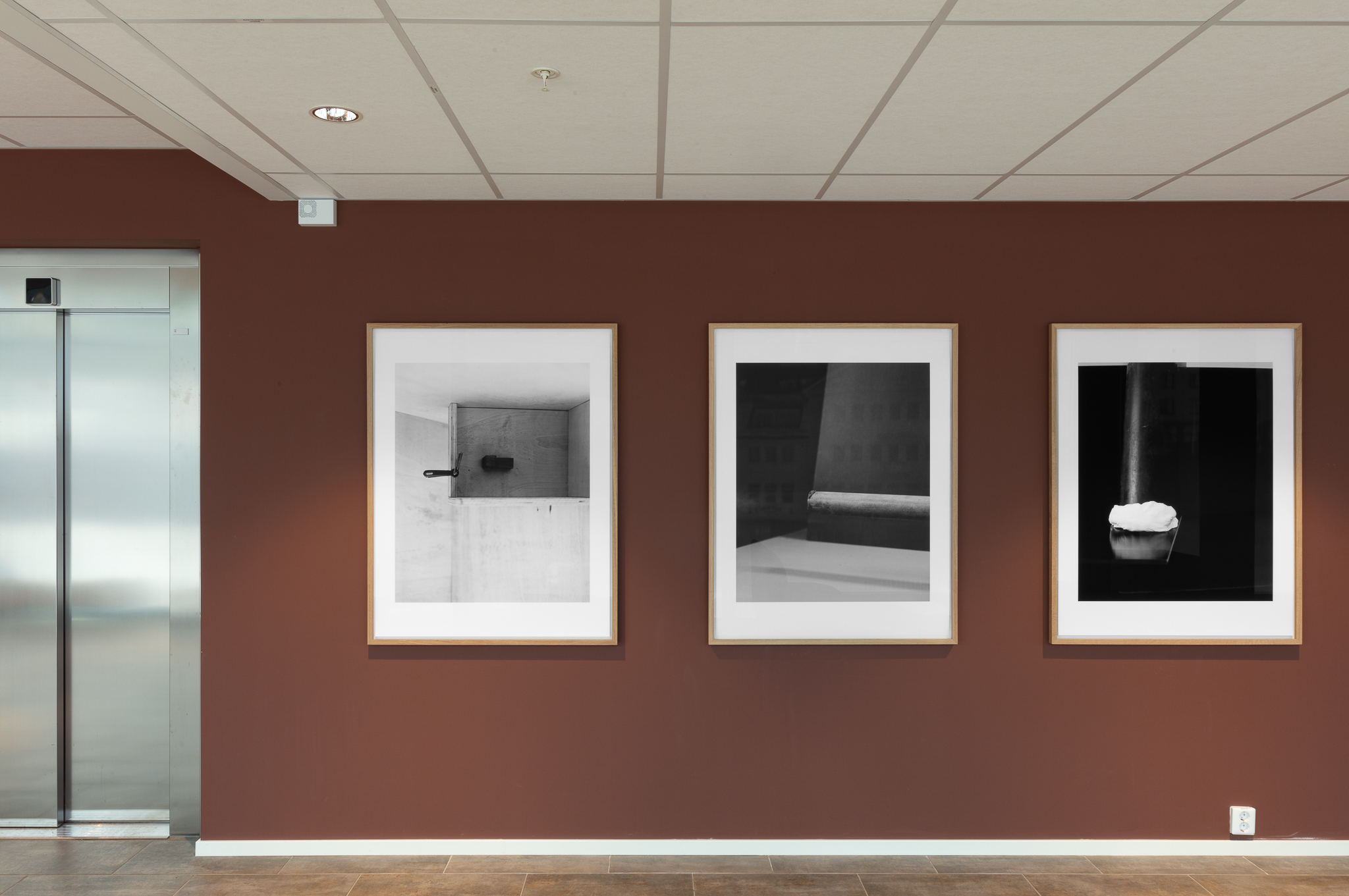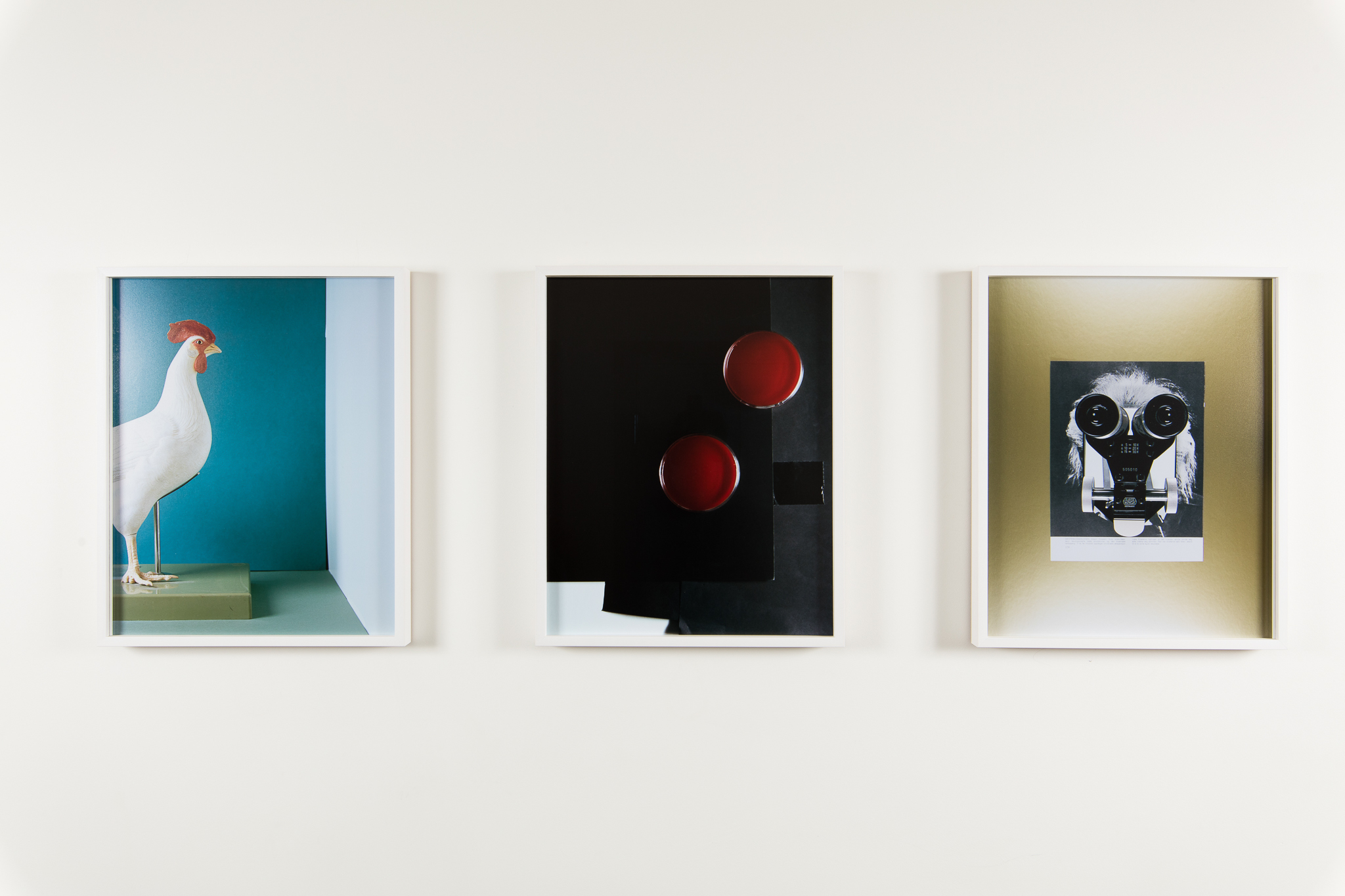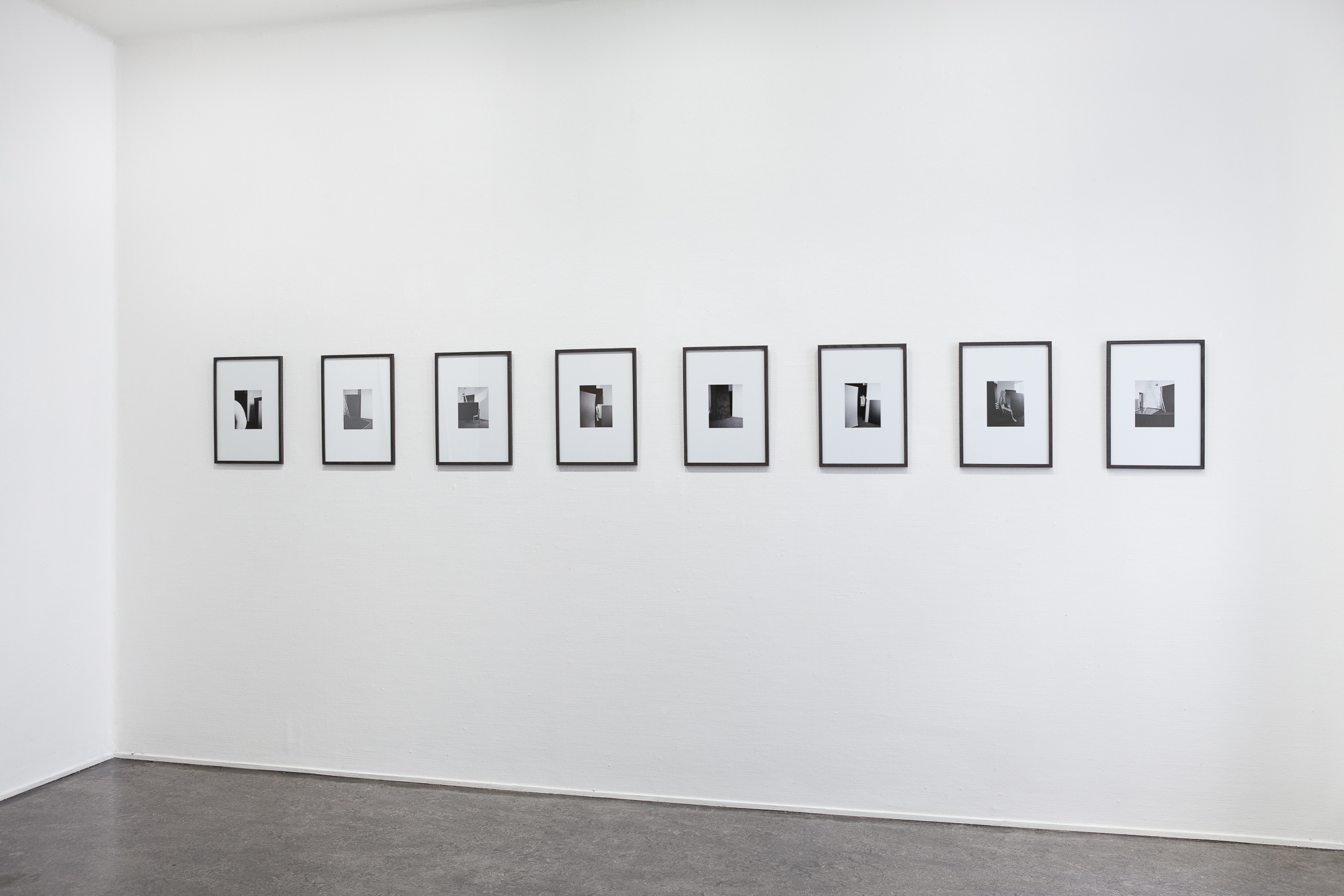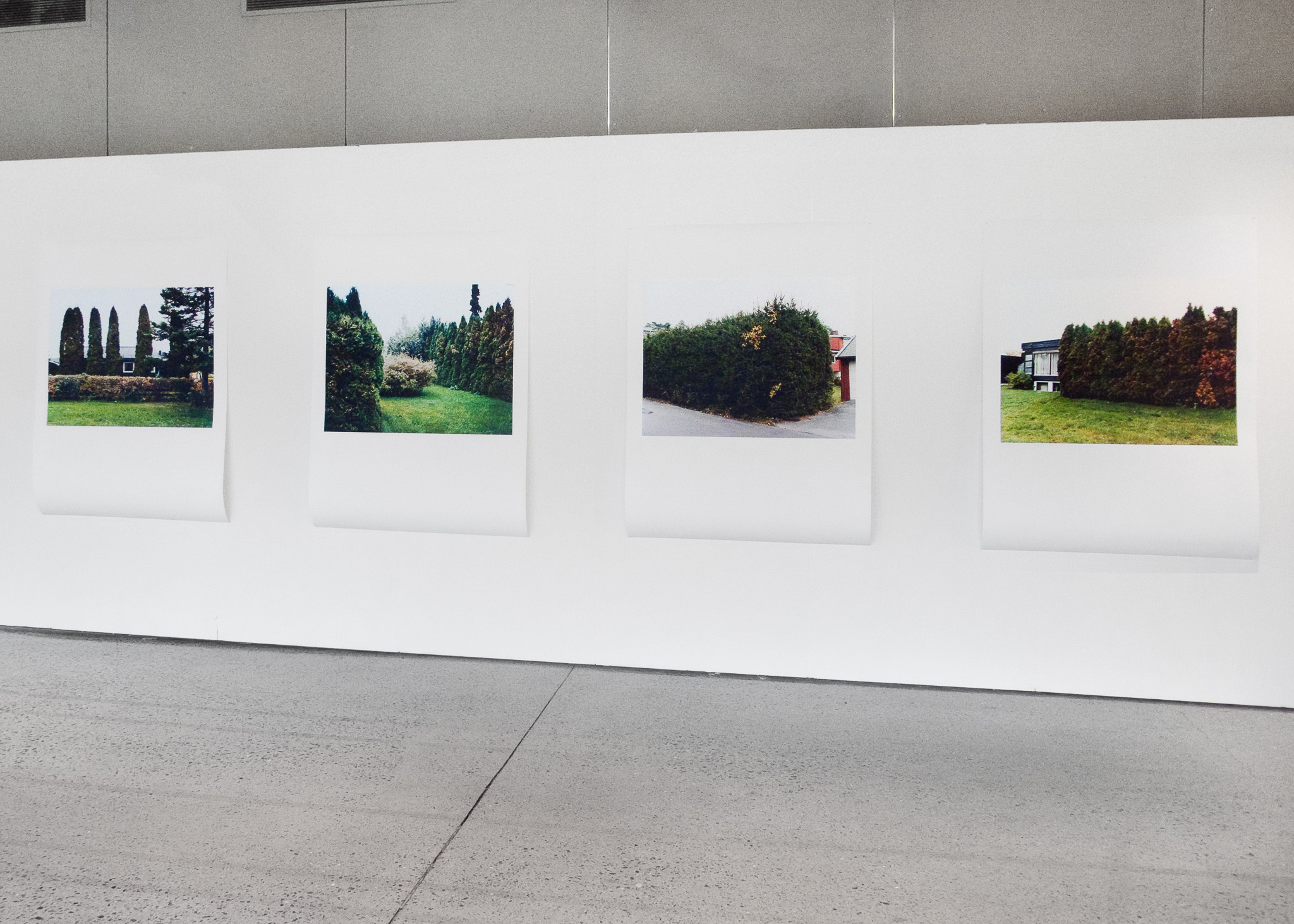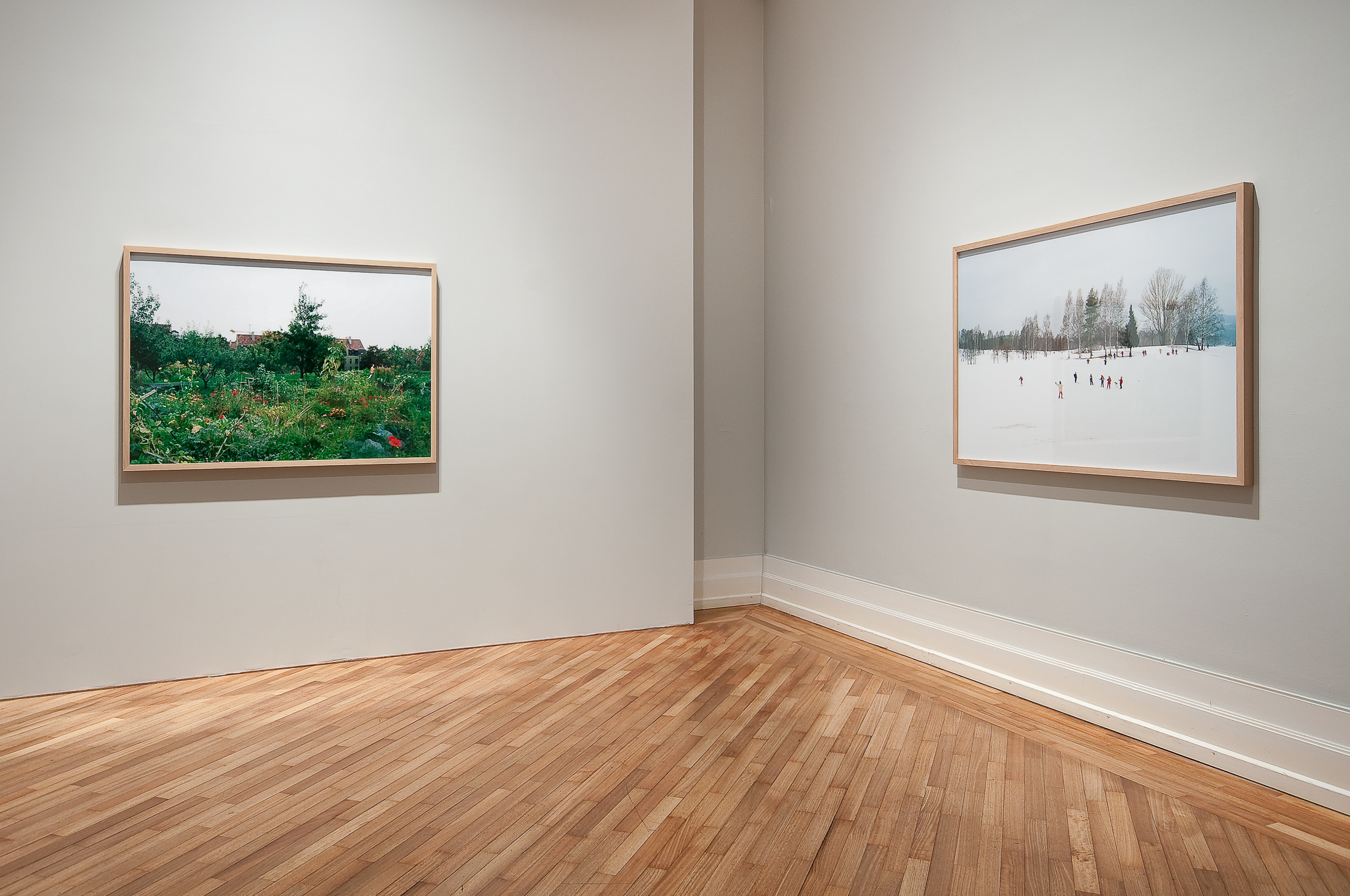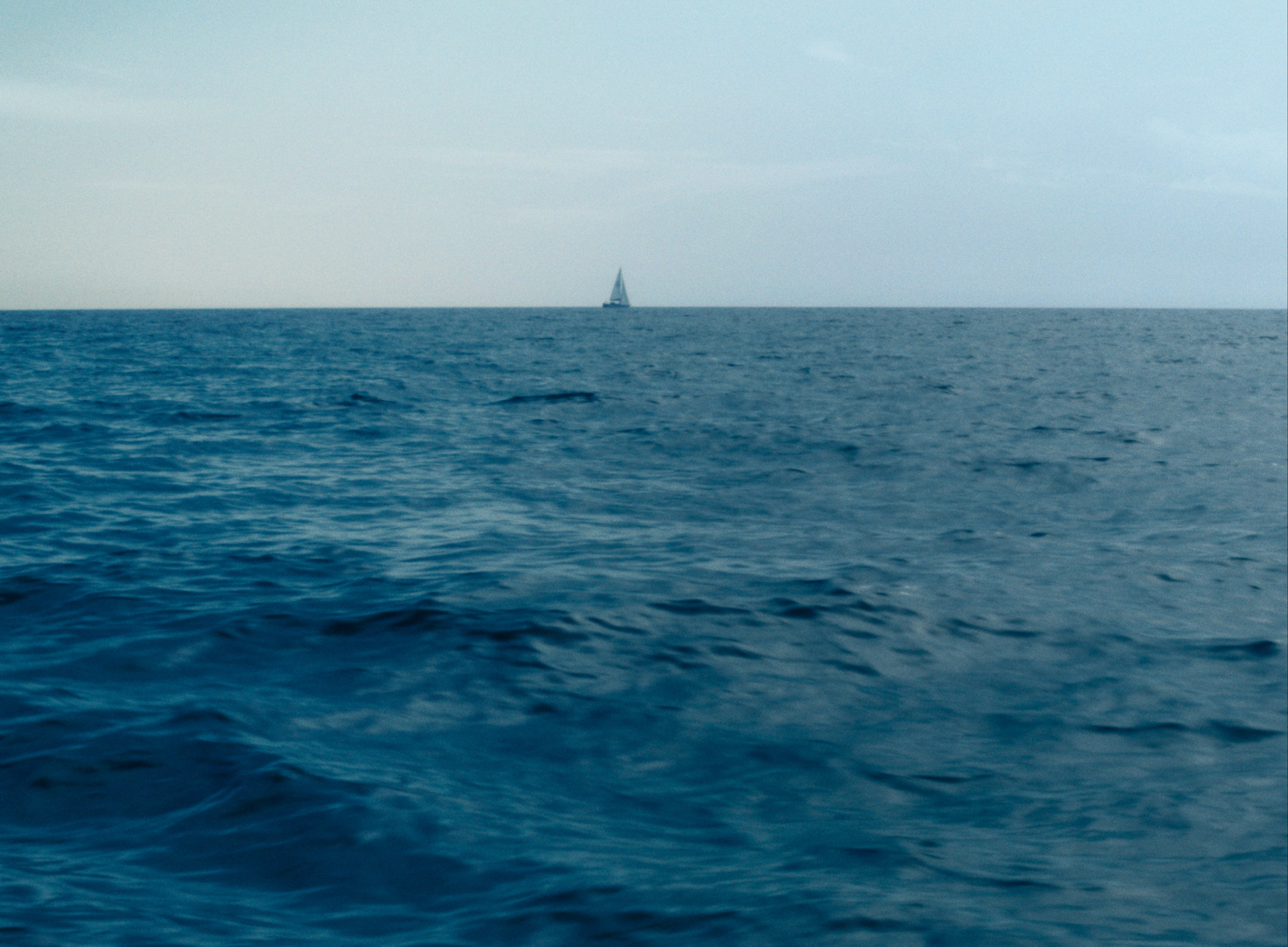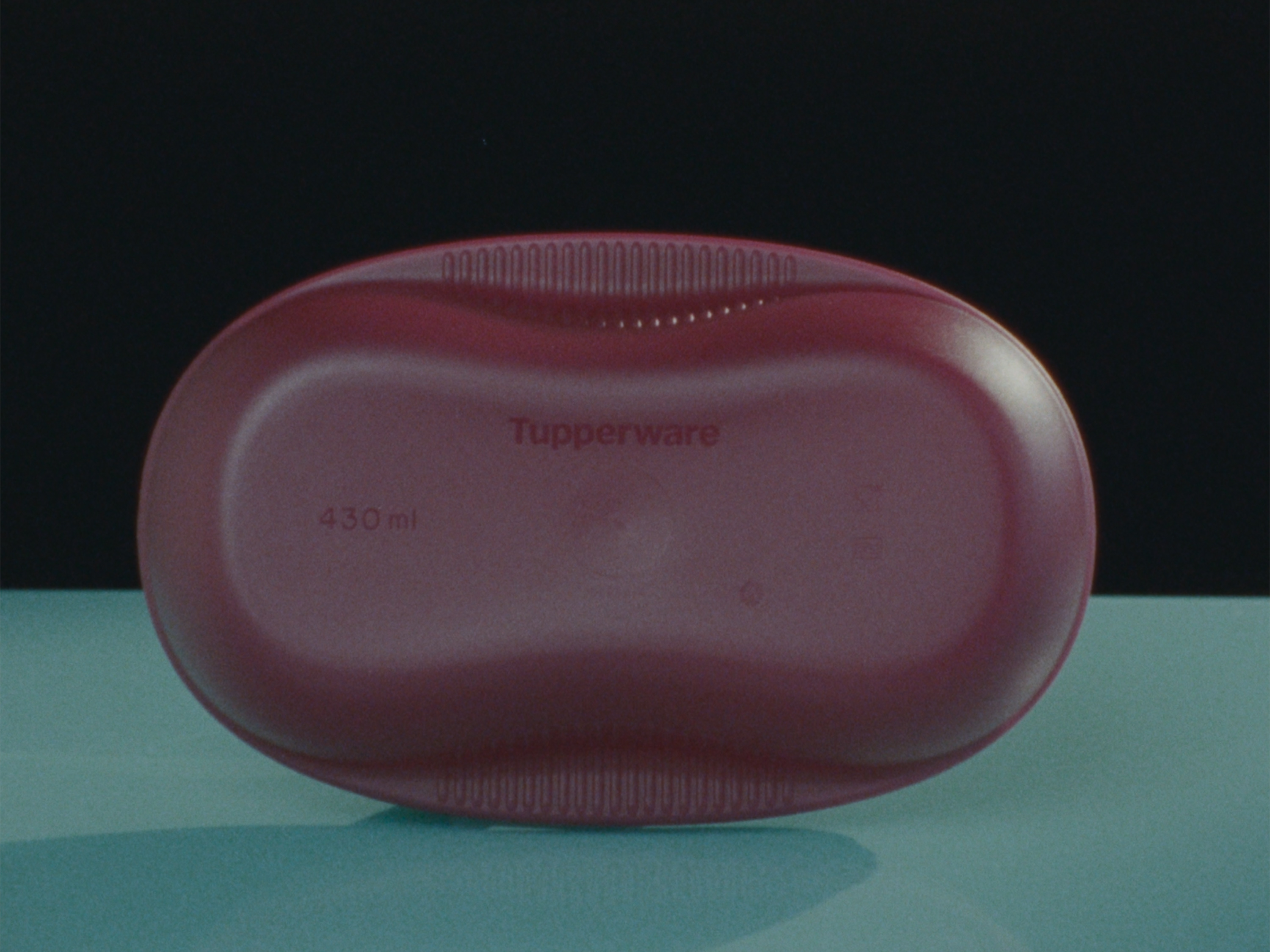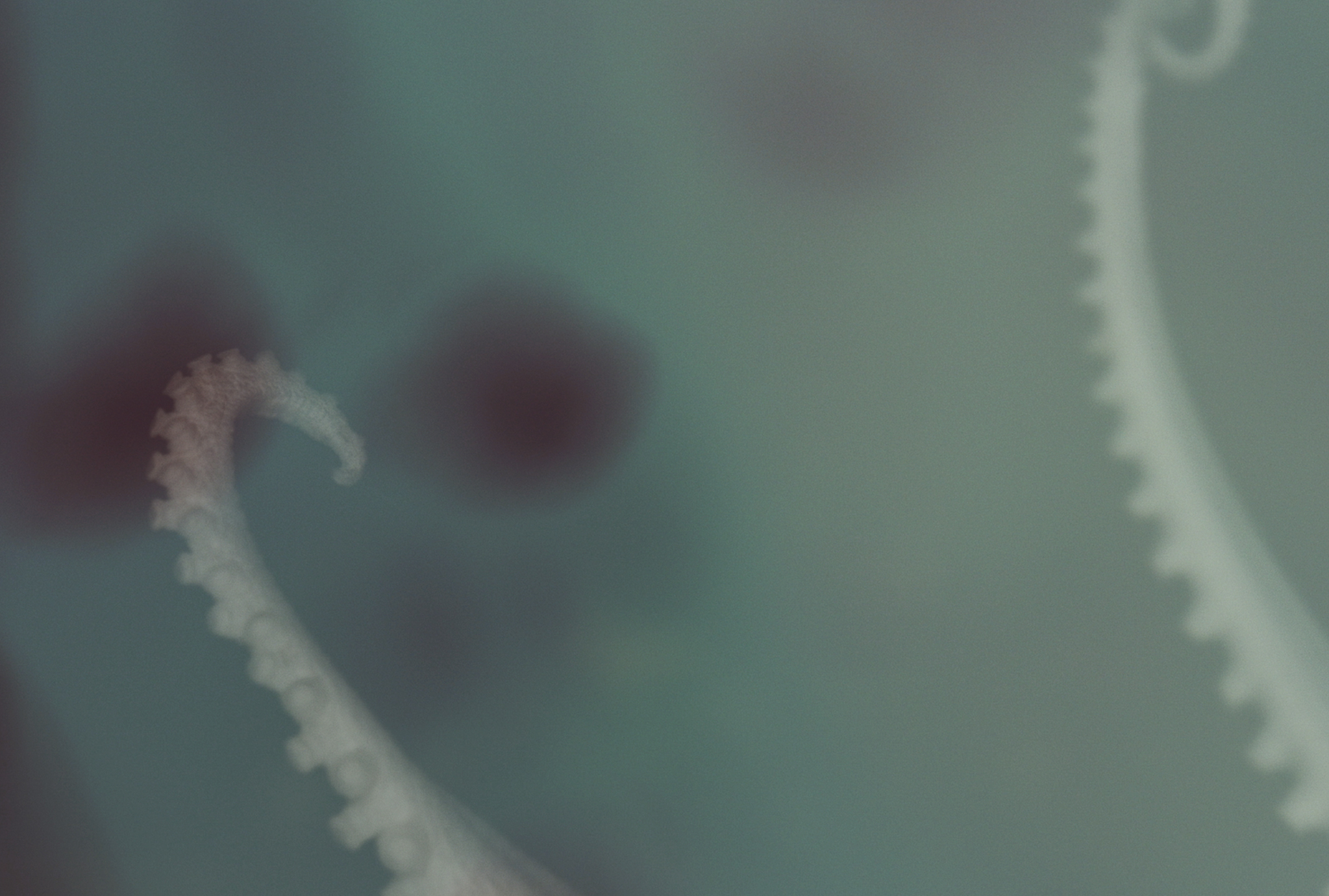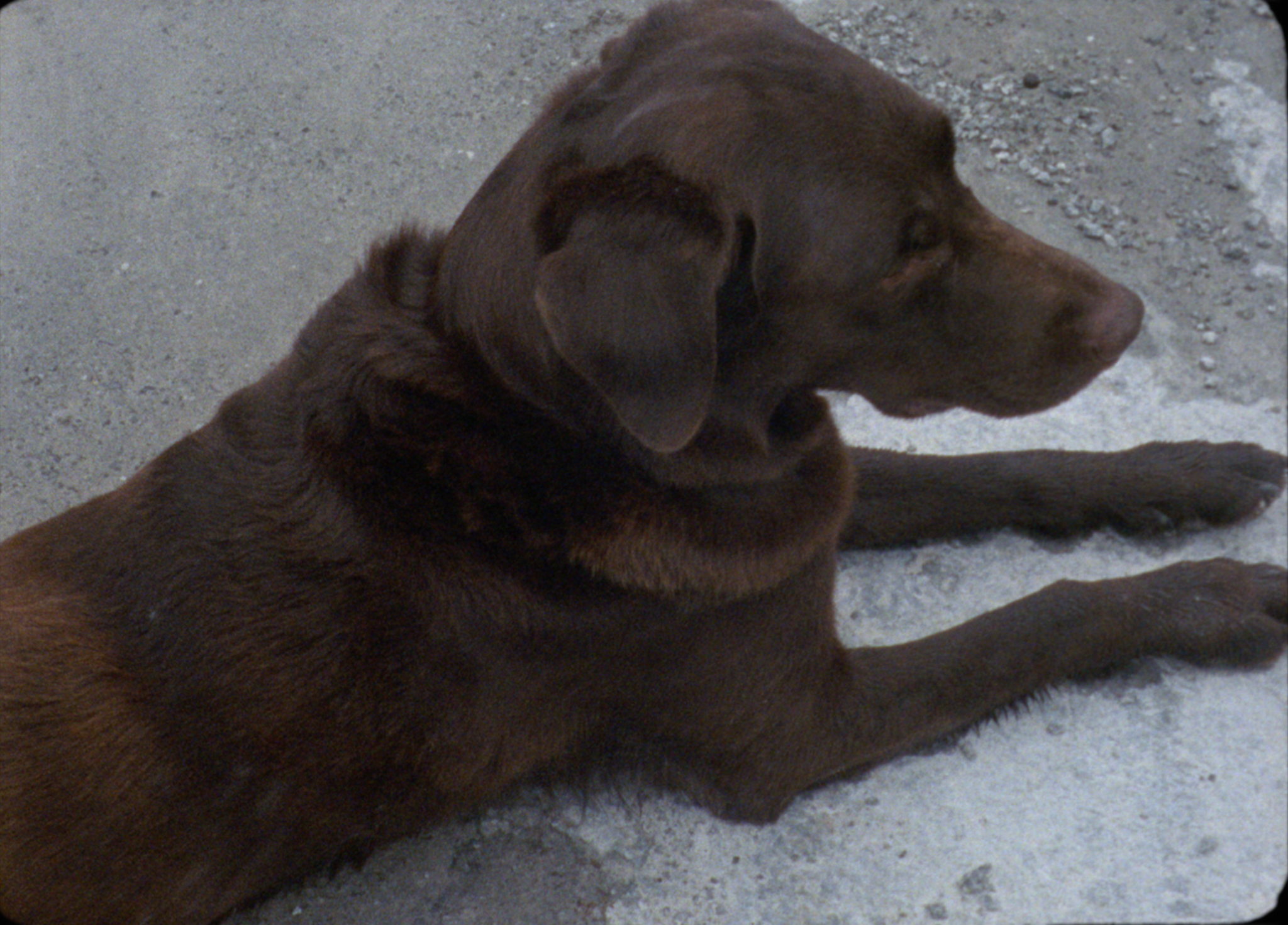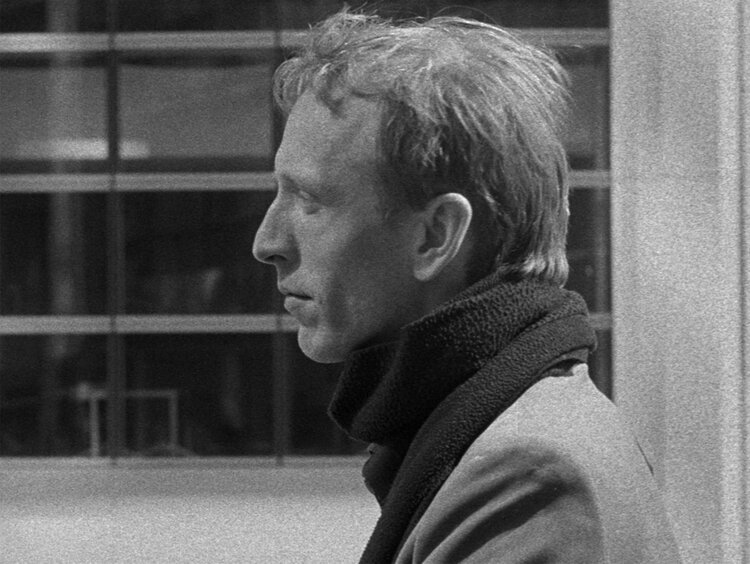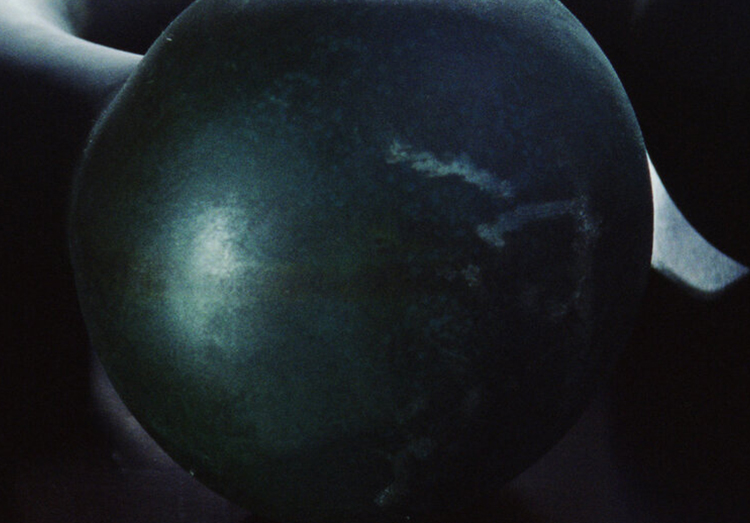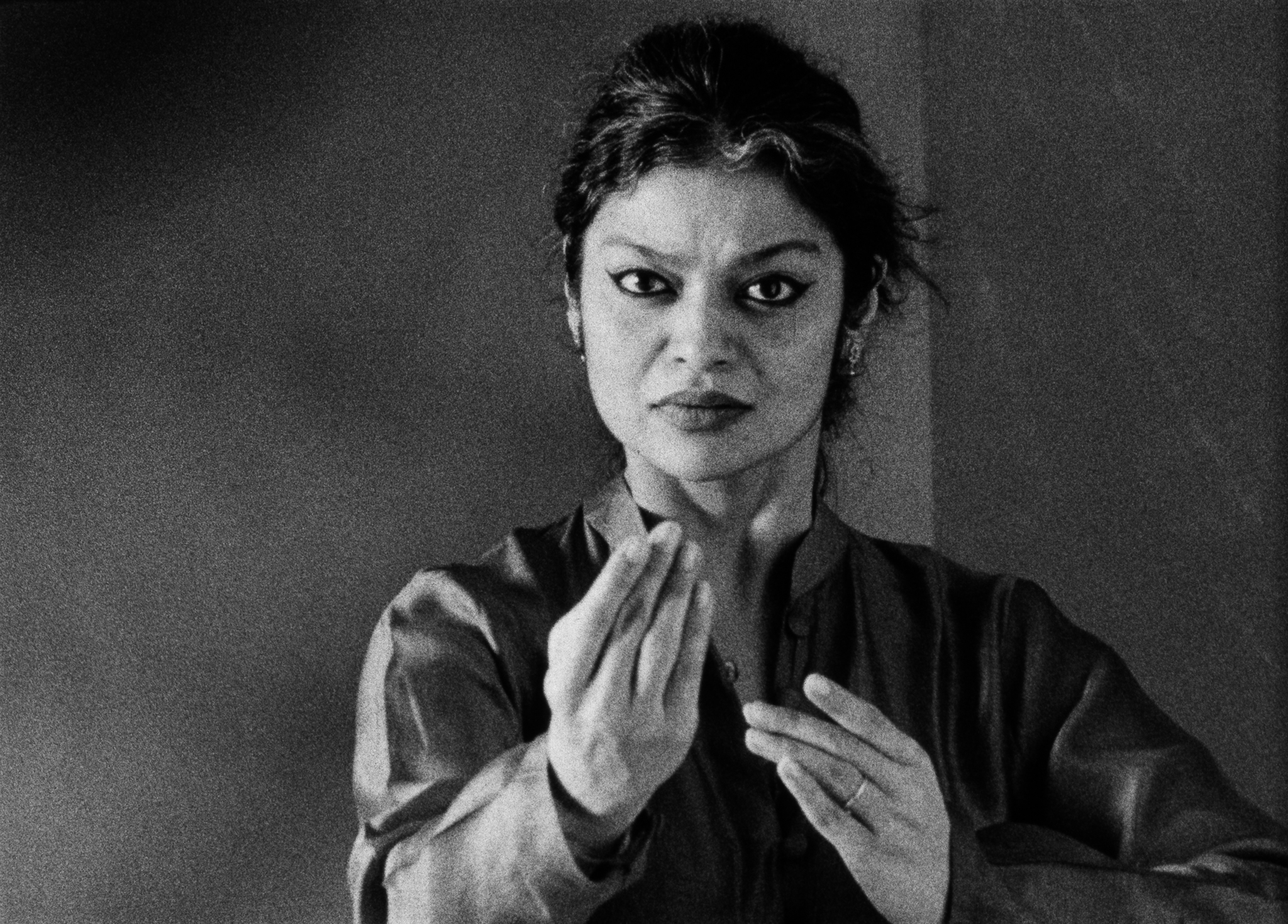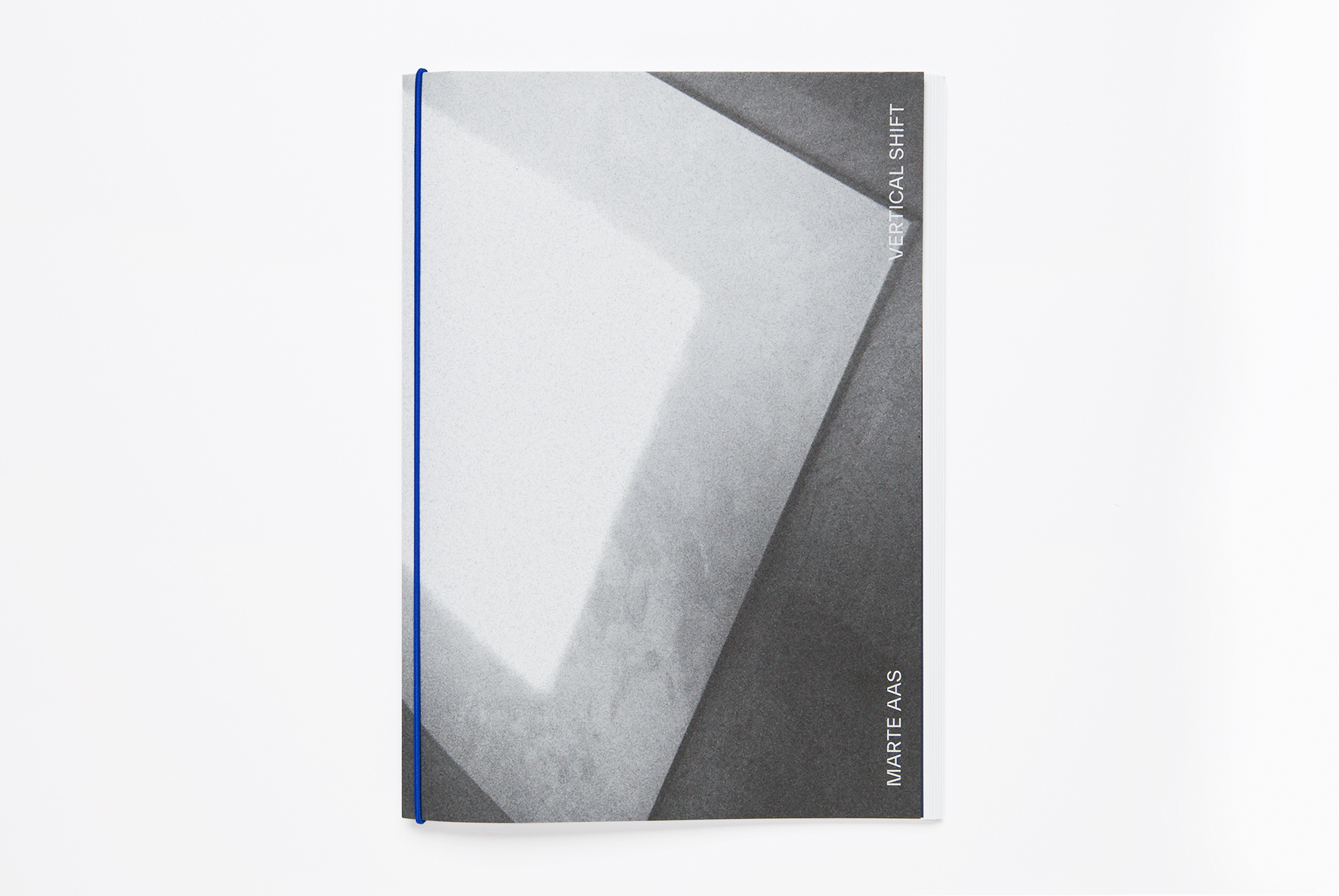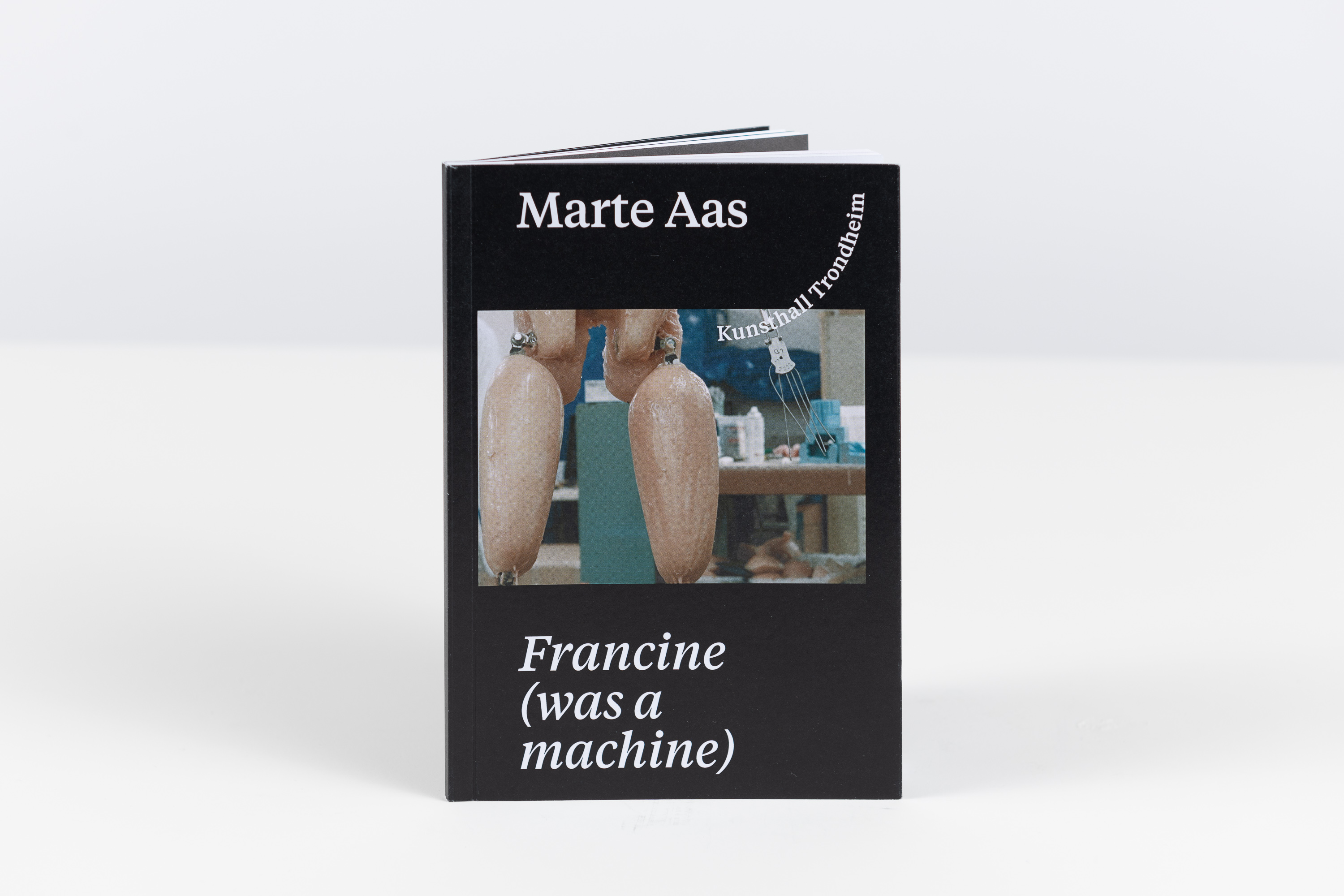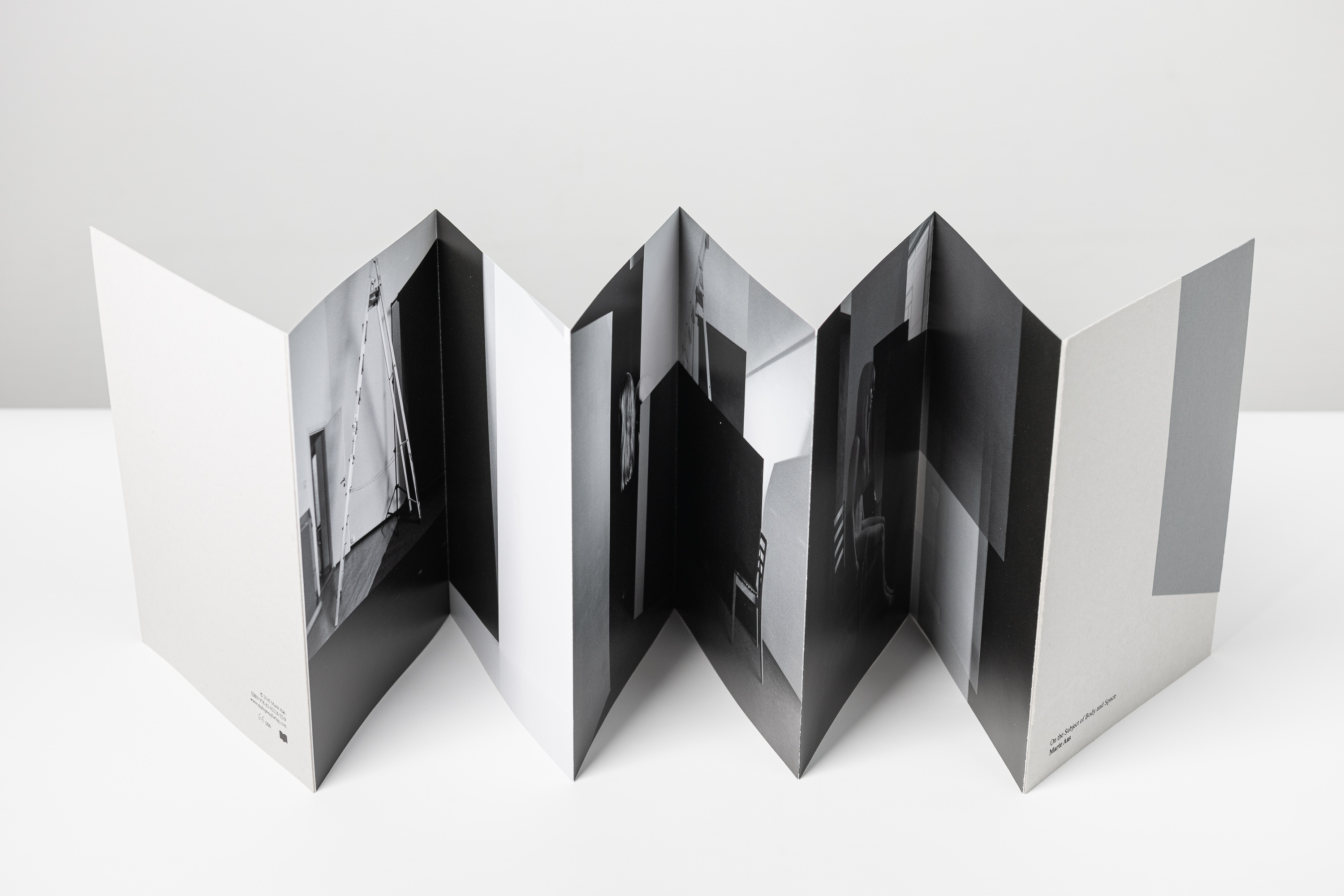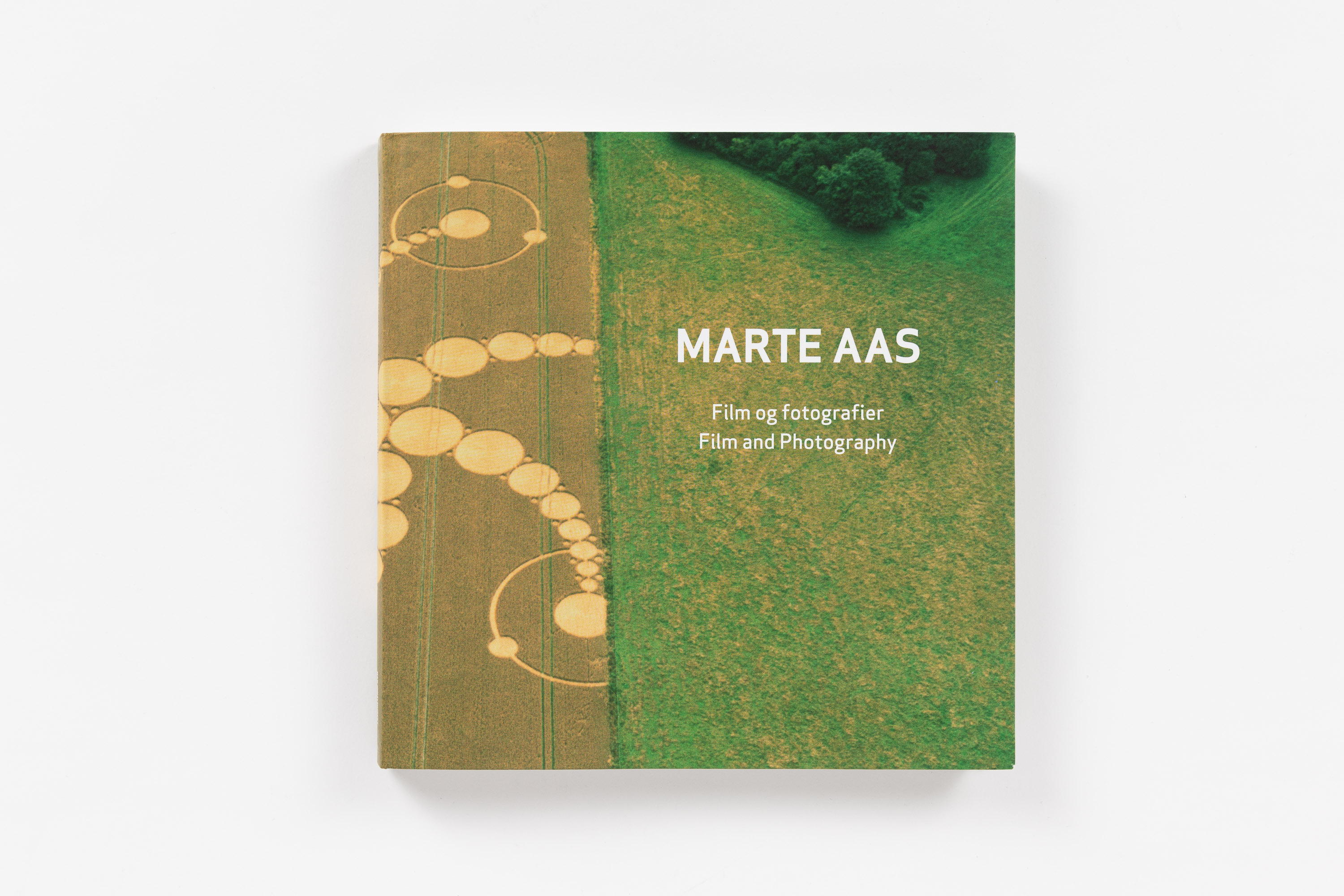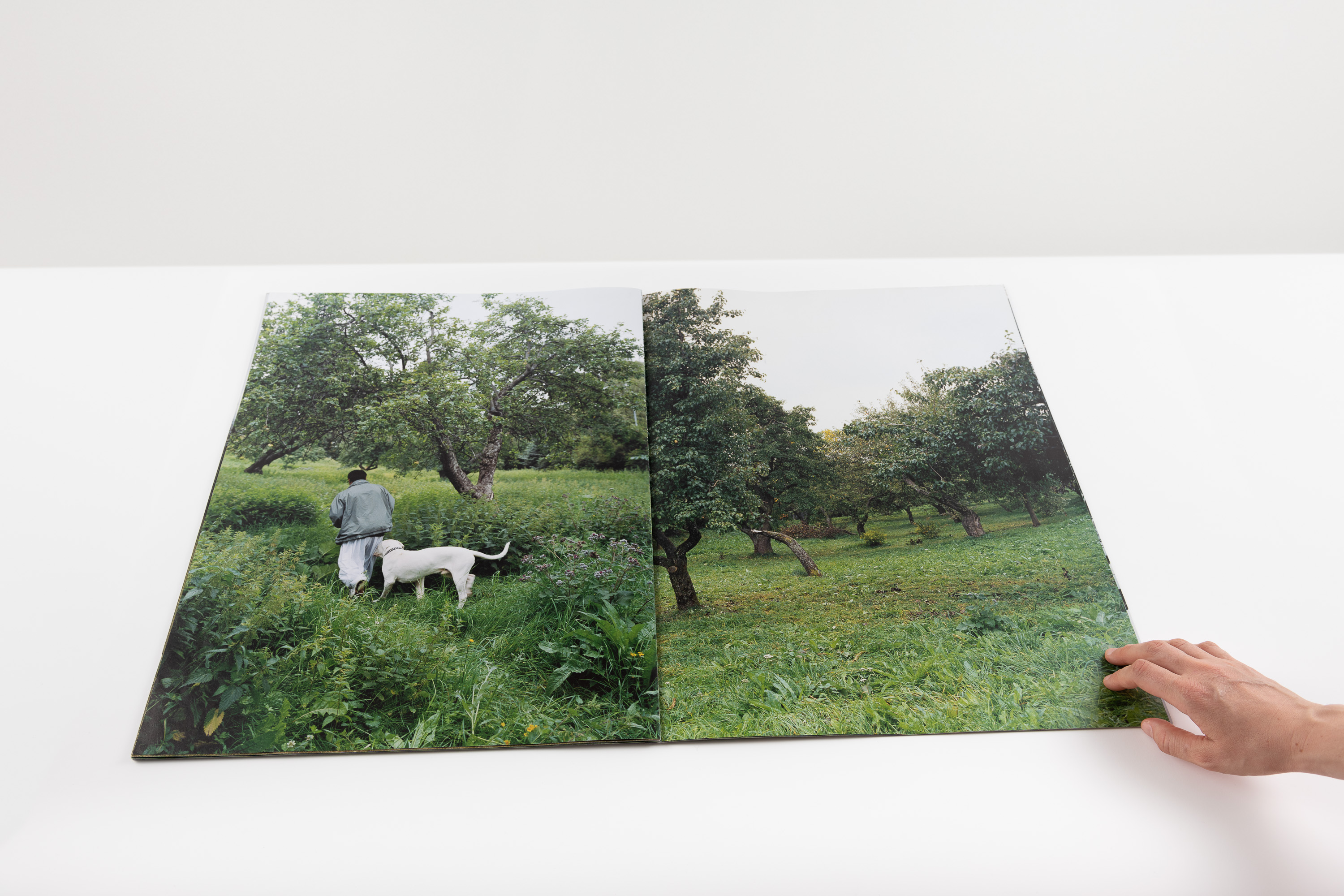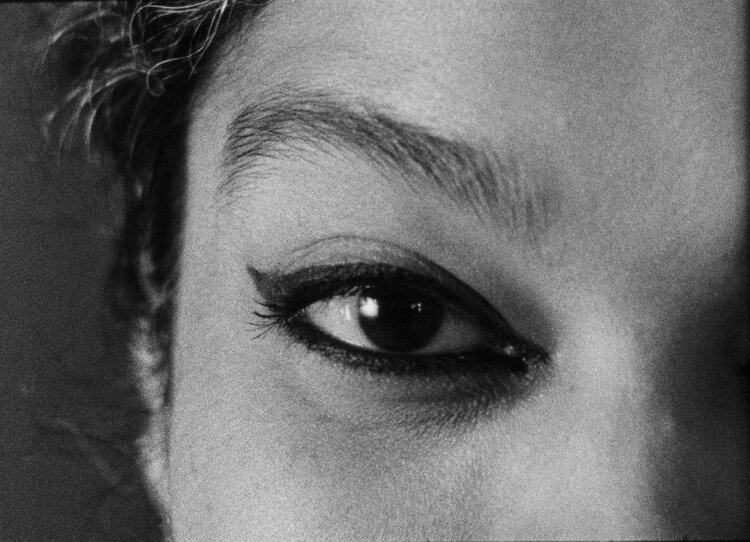
The Three Machines That Make Up Cinema
Machine number 1
The photographic apparatus invented at almost the same time by the Lumière brothers in Europe and the entrepreneur Edison in the USA was both a camera and a projector. The device combined the “principle of a the sewing machine” (a light-sensitive strip perforated evenly along both sides can be moved forward by pilot pins engaging these perforation holes) with the “principle of the bicycle” (a crank is responsible for forward movement). All the rest is the technology of the photography: lens systems, apertures, negatives, positives. . . .
Machine Number 2: The Paying Public
Unlike the scientist Muybrigde, creator of the first moving images, the entrepreneurs Lumière and Edison from the outset had an eye on the commercial potential of film: a paying public. This machine wasn’t new. It consists of an entrance (portal), a box office where the entrance money is paid, an exit, an auditorium (as in theater) and a public. This had always been the principle of opera, theater, fairs, collections of curios, panoramas, world exhibitions, and the circus. Establishing this second machine ran into problems. Ten years after the invention of the camera, a “cinema as public sphere” still had not been created.
Machine Number 3: “Penny Arcades”
It was the third machine, invented in the eastern United States, that provided the “breakthrough to cinema.” This was the “penny arcade.” It wasn’t invented by entrepreneurs but developed spontaneously, and by chance, in response to a demand from passersby who felt lost in New York and couldn’t afford to spend more than a cent. Their desire to escape from real life at least for a short while—to look through a peephole at a foreign world—encouraged the setting up of a series of slot machines in which strips of film could be played.
These apparatuses ha already done good business as an attraction at Coney Island and were now to be used again, on the sidewalk, before being stowed away in stores. A peep cost one cent. The automatic machines stood side-by-side along the thoroughfares as people returned home from work. The “one-cent coins spent to satisfy the desires of the city dwellers” amounted to a spectacular commercial success that the entrepreneurs had not expected. Other businessmen learned from this spontaneous outbreak of a special demand. Some of these unerring observers later became the tycoons of commercial film. They increased the business by setting up small rooms for presentations, similar to the repair shops and clothing stores squeezed between houses in alleyways: cinemas in which twelve or sixteen people could stand together. Abandoning the slot machines, they switched to screenings with projectors. This became an alternative to the variety shows and the vaudevilles, which were expensive and required a theater, something which couldn’t be established everywhere in the city. The “entertainment shops for film could be fit almost everywhere.” Cinema was learned at the box office of the “cinema-shops.”
Excerpt from Alexander Kluge’s Cinema Stories[i]
[i] Alexander Kluge, Cinema Stories, oversatt av Martin Brady og Helen Hughes (New York: New Direction Books, 2007), 2-4.
Kino-eye(s)
A woman, a room, music, dance – and a camera. The opening of a performance. But what kind of performance is Cinéma? Is it what it seems — an act about film? The immediate impressions are the evocative rhythm of cuts, the shots that pull you into the space and push you back out, following the female dancer’s movements to the music, isolating parts of the body and makes you aware of the gaze. The film is in black and white, in the traditional 16 mm format. Still, it should not be seen as nostalgic. The classical font of the title and the traditional cinematic space are means to expose the way film transforms one of the main problems in painting, namely that of the relation between figure and background; how it creates doppelgangers (particularly of woman), and how the cutting creates a new machine-like movement, replacing the natural mastering of time and space with a controlled flow of isolated legs, hands, fingers, gazes, and shoulders. Cinéma escorts you through the history of film, passing the chronophotographies of Eadweard Muybridge, the Lumière-brothers’ The Serpentine Dance (1898) and Richard Serra’s Hand Catching Lead (1968). Cinéma informs you of how modern man treats movement. It shows how the gaze of film has become our own, how we have internalized its double approach — from behind and in front of the camera lens — and unconsciously made it ours. At the same time, Cinèma disturbs the acquired obviousness in our way of seeing. It is undoubtedly a performance on film.
As spectators we quickly become aware of the relations of power between the person that films and the woman being filmed, and what they want to tell us. Almost as the incarnation of a controlled state of nature, the dancer is totally absorbed in her activity. Through the awareness of her own body she articulates expressiveness, beauty and authority. She is one with her body and gestures. Still, one cannot avoid noticing that the woman is being watched, and that she knows it. The power play between being and being seen is also highlighted through the use of formal means: The strict geometry of the scenography framing the movements sheds light on the shifting forces of being a body and becoming an image. The presence of “frames” is repeated and enforced through the frequent use of close-ups. It is like the body’s movements fight against the frame as it is transformed into an image. The role of the camera, and its ability to “frame” is emphasized through the close-ups of the eyes of the dancer. The blackness of the eyeliner framing the eyes works as a visual analogy to the role of the camera between body and image. Eye. Kino-Eye. Like Dziga Vertov once wrote, ”I am an eye. I am a mechanical eye. I, a machine, I am showing you a world, the likes of which only I can see.”ii Cut.
The little book Cinema Stories by Alexander Kluge opens with a presentation of what he calls the three machines of cinema, which mark the basic elements of film; technology, capitalism and an architecture for distribution. These machines are, according to Kluge, necessary prerequisites for the nature of film, its expansion and its significance. The art of film is created in the handling of these three machines.
The director controls the spatial and cinematic means. The subject in front of the camera controls only his or her own body. Walter Benjamin examined the changing conditions of the actors, who were used to the theatre, and he was concerned about the consequences of replacing the physical audience with the scrutiny of a machine. When the actor is placed in front of an apparatus (the camera), making optical tests (the shooting continues until the director is happy with the shot), the audience takes over the scrutinizing attitude of the apparatus: We continuously ask ourselves, is this good enough? Why does she keep her hand so low? Shouldn’t that movement be a bit faster? To stress his skepticism, Benjamin quotes a passage from Luigi Piandello’s novel, Il Turno (1902):
The film actor feels as if exiled. Exiled not only from the stage but from his own person. With a vague unease, he senses an inexplicable void, stemming from the fact that his body has lost its substance, that he has been volatilized, stripped of his reality, his life, his voice, the noises he make when moving about, and has been turned into a mute image that flickers for a moment on the screen, then vanishes into silence . . . The little apparatus will play with his shadow before the audience, and he himself must be content to play before the apparatus.iii
It isn’t hard to understand Benjamin and Pirandello’s concerns over the disengagement that the movie apparatus imposes on humans. Nor is it difficult to grasp that none of them could foresee how the apparatus would spark a strong desire in man to become an image.iv Today the objectification of the camera is to a less degree conceived as a problem, and more as an opportunity to study the image and ourselves as objects. This is exactly what Hugo Münsterberg worked with when he led the Harvard Psychological Laboratory in the 1890s, and made groundbreaking experiments in the crossing between psychology, physiology, philosophy and film.v Münsterberg wanted to examine the relation between the outer processes and the inner states.vi His idea was that sensual impressions are inextricably connected to emotional conditions, and that these connections between the inner self and the outer world could be studied through the medium of film. This is why the chapters of his book, The Photoplay: A Psychological Study (1916) have titles like ”depth and movement,” ”memory and imagination,” ”emotions,” and ”attention.”
One of the areas Münsterberg took interest in was the use of close-up, and how it ”objectifies” our attention. The close-up focuses our attention on details like a finger, a tie pin, a street sign and of course — the face. Suddenly it no longer became necessary to represent man by showing the entire body, the face was sufficient to gain access to the “inner” states or the “whole” person. The use of close-up also opened up for totally new narrative and anti-narrative structures. In Cinéma we see how the shift between renderings of the whole figure and close-ups are continuously played against each other. The dancer is altering between body and affection, object and individual in a rhythmic flow created by eminent editing. It pulls the viewer into a way of seeing, which is opposed to the organic movement of the body to music. Mimics, gestures and facial expressions take on an object-like character. If the cutting up of movement is created by machine number one, the close-up works as the gaze of this machine, projected for machine number two — the paying audience, ourselves. Cinèma is the conflict between the commercial heart of the film, and the human subject, between the presentation and the genuine, and the tension in the relation between man and machine.
Notes
i Alexander Kluge, Cinema Stories, translated by Martin Brady and Helen Hughes (New York: New Direction Books, 2007), 2-4.
ii Dziga Vertov, Kino-glaz, 1924.
iii Walter Benjamin, ”The Work of Art in the Age of Its Technological Reproducibility,” (second version) in The Work of Art in the Age of Its Technological Reproducibility and Other Writings on Media, ed. Michael W. Jennings, Brigid Doherty, and Thomas Y. Levin (Cambridge: The Belknap Press of Harvard University Press, 2008), 31.
iv I have touched upon this issue in the essay ”The New Protagonist: On The Films Of Hito Steyerl,” Urban Images: Unruly Desires in Film and Architecture, eds., Synne Bull and Marit Paasche (Berlin: Sternberg Press, 2011).
v See Giuliana Bruno, ”Film, Aesthetics, Science: Hugo Münsterberg’s Laboratory of Moving Images”, Grey Room no 36, (MIT Press: summer, 2009): 88-113.
vi See Hugo Münsterberg, ”The New Psychology and Harvard’s Equipment for Teaching it,” Harvard Graduate Magazine 1, no 2 (1893): 201.

